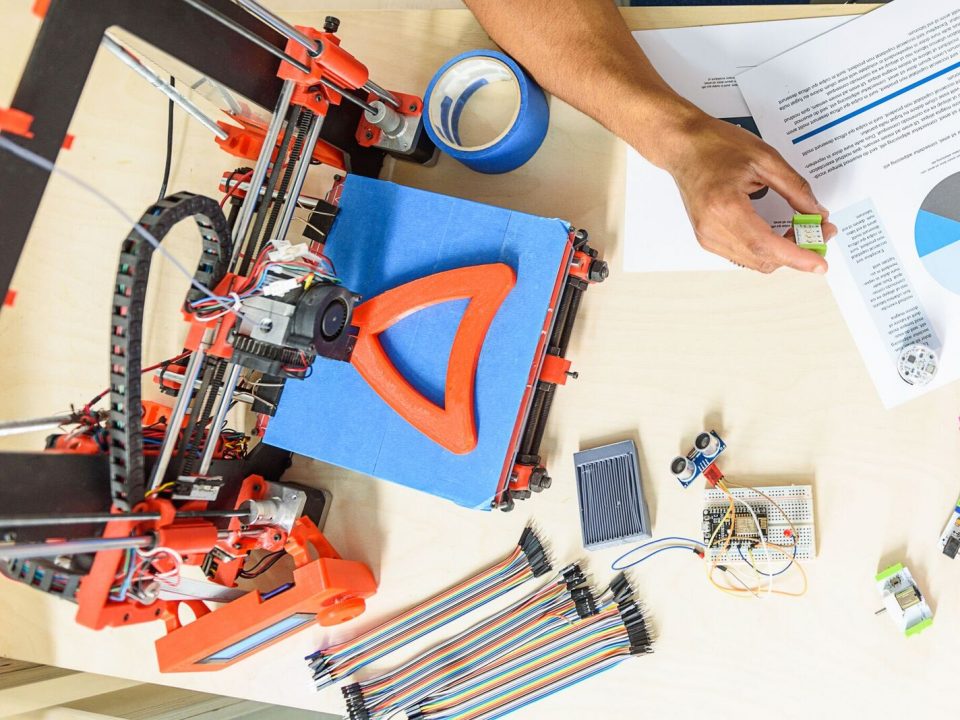Reinvent a Product, Not the Wheel

Most entrepreneurs think big ideas need to be revolutionary — that in order to make a lot of money or achieve the kind of success they dream of, they have to come up with a life-changing idea. That couldn’t be further from the truth.
Life-changing ideas, like the iPhone, are few and very far between. The reason being is our natural tendency as human beings is to avoid change, especially when it comes to our behavior. Disrupting an industry can be extremely difficult.
As an entrepreneur and innovator, my motto is “keep it simple.” In my 20 years of experience, simple ideas are the easiest to bring to market. You don’t need to reinvent the wheel to create an impactful, lucrative idea. Revolutionary ideas are costly and take a long time to develop, and most people have neither. If you want to create a revolutionary idea, by all means, good for you. But if you’re simply trying to come up with a good idea, try improving upon an existing product.
The benefit of striving to make improvements on existing products is that you can count on there being a market for your idea. That’s huge. It’s easy enough to come up with creative ideas. But the only way to be sure that consumers will actually pay for your idea is to test it extensively. Testing your idea can be time-consuming and costly. That’s why it’s helpful to start out innovating in a market that already exists. Simply put, there’s less risk.
You’ve all heard the saying that to be creative, you need to “think outside the box.” Successful marketing author and guru Seth Godin says to instead “think next the box.” I think sometimes all you need to do is turn the box upside down to come up with a brilliant idea. Looking at things from a different perspective can be highly illuminating.
Examples of the success of simple ideas abound. For instance, in 1991, Paul Brown came up with a smart idea that was later used by Heinz to solve a problem that plagued every American: How to get Ketchup out of the bottle. Brown wanted to create a dispensing valve for a new kind of shampoo bottle, so that the bottle could be stored on an edge of a bathroom tub without dripping. Brown and his mold maker Tim Socier came up with a valve that worked perfectly — you know the kind. It’s a little silicone dome with right angle slits in it. When the sides of the bottle were pressed, the dome’s slits opened. When the pressing stopped, the air that was sucked back into the dome caused it to retract. No dripping, no problem. Genius. In 1995, Brown sold his company for about $13 million.
One of my all-time favorite simple innovations came from a gentleman from Mumbai, India. Frustrated by one too many soggy pizza deliveries, he thought of adding vents to the top of a pizza box — not the sides where they are normally found. Voila! Heat is retained but steam is released. No more soggy deliveries I guess you could say he created “on top of the box.”
Drawing inspiration from the products around you is one of the most dependable ways to innovate. The next time you find yourself thinking, “I wish this had a better design” try coming up with an improvement yourself.
Article courtesy of Entrepreneur.com, first published on February 12, 2014, under the title “Reinvent a Product, Not the Wheel.” Link to original publication: https://www.entrepreneur.com/article/231466.



